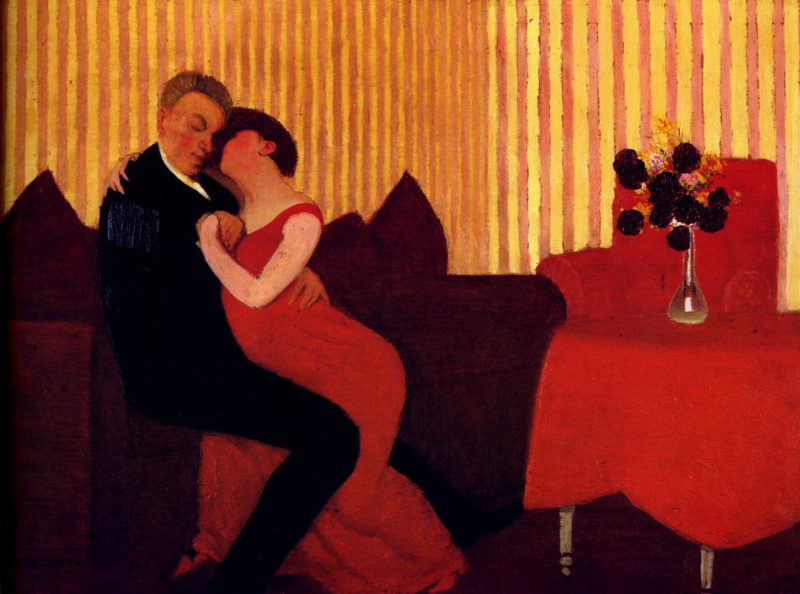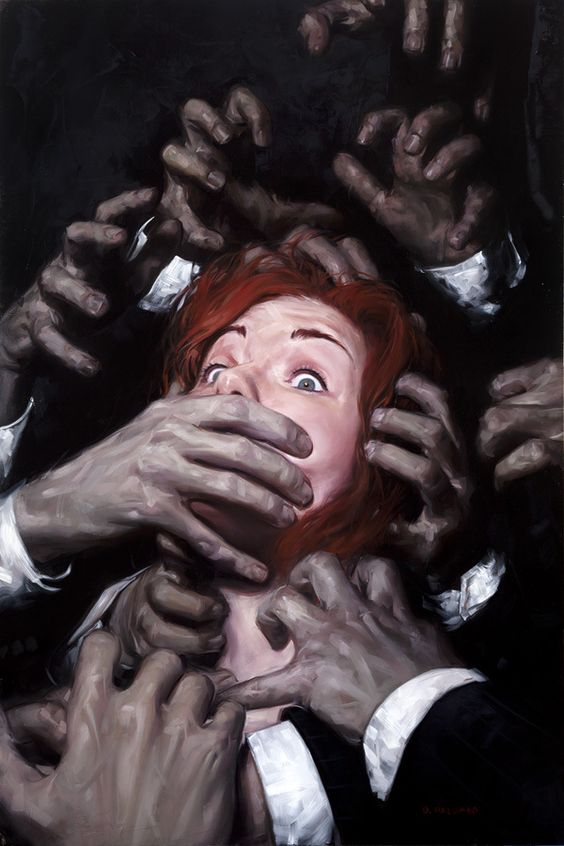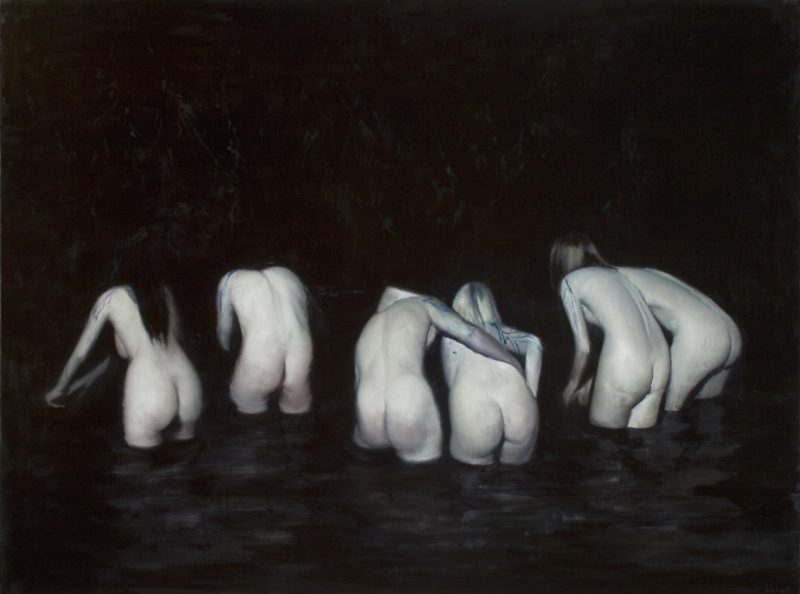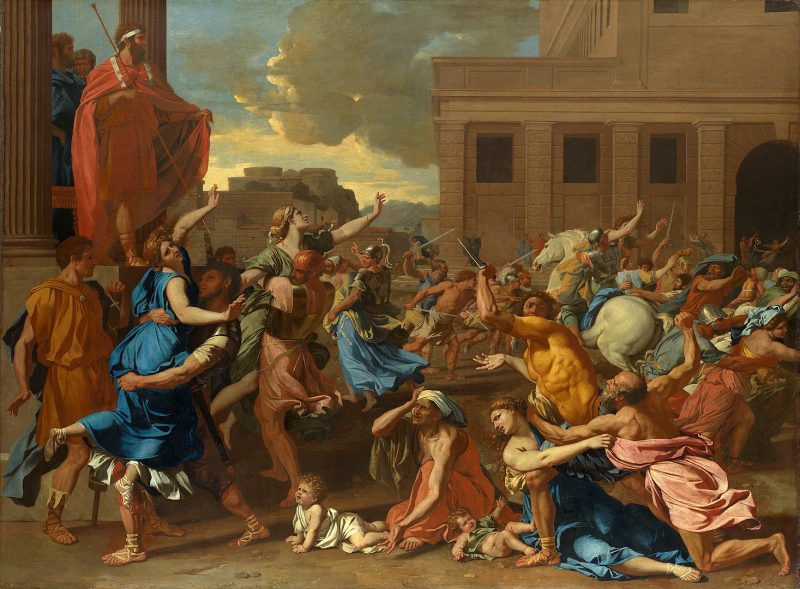In Greek mythology, the primordial gods Gaia (the Earth) and Uranus (ruler of the sky and the cosmos) had 12 Titan children, one of whom, Chronos, overthrew his father Uranus by cutting off his genitals and chucking them into the sea. Uranus warned Chronos that his rule would be overthrown one day too.
Chronos had children with his sister/wife Rhea, but fearing usurpation, Chronos ate his children whole soon after they were born. Rhea was heartbroken each time, so she secretly gave birth to her sixth and last child Zeus in a cave on the island of Crete, and then returned to Uranus with a boulder in swaddling clothes, which he ate whole, believing it was their child.
When Zeus was grown, his grandmother Gaia managed to get him hired on as cupbearer to Chronos, who knew nothing about his son Zeus. On his first day on the job, Zeus fed Chronos a drink that caused him to vomit up all his eaten children, who emerged fully grown. From Mt Olympia, Chronos’s children (the Olympians) launched the War of the Titans that lasted ten years and resulted in the Titans’ defeat. As punishment the Titans were cast into hell, as seen here. When Haarlem painted this, it was generally believed that butterflies and other insects were from the fiery pits of hell, because they flitted and burned up in flames at night.




